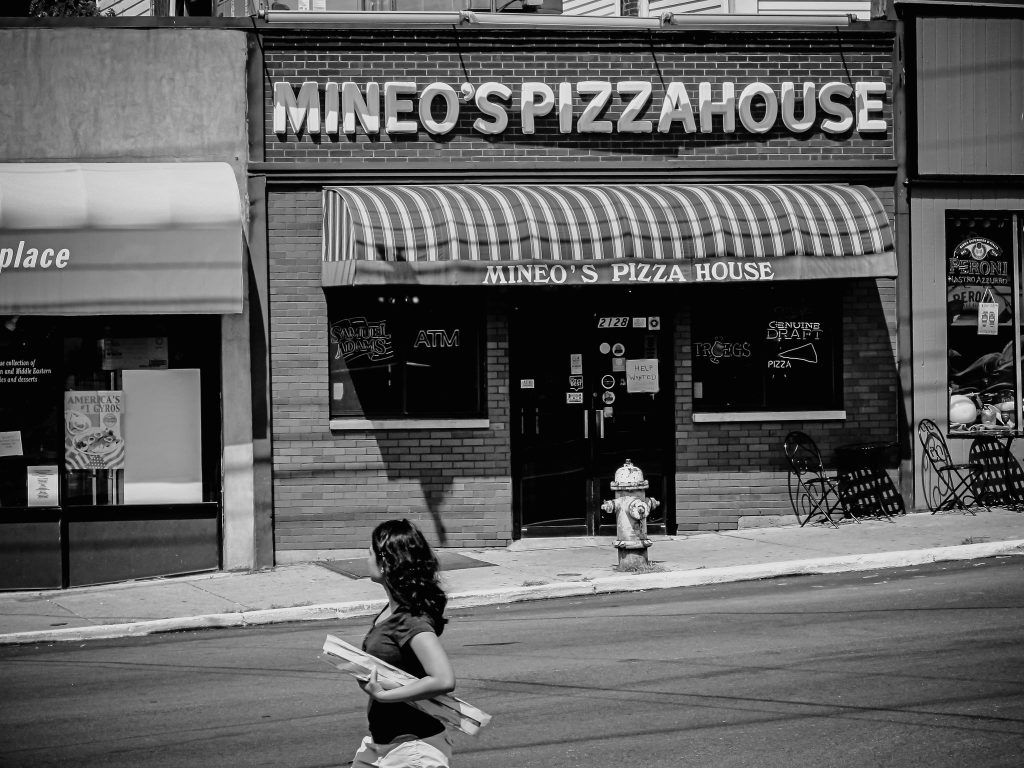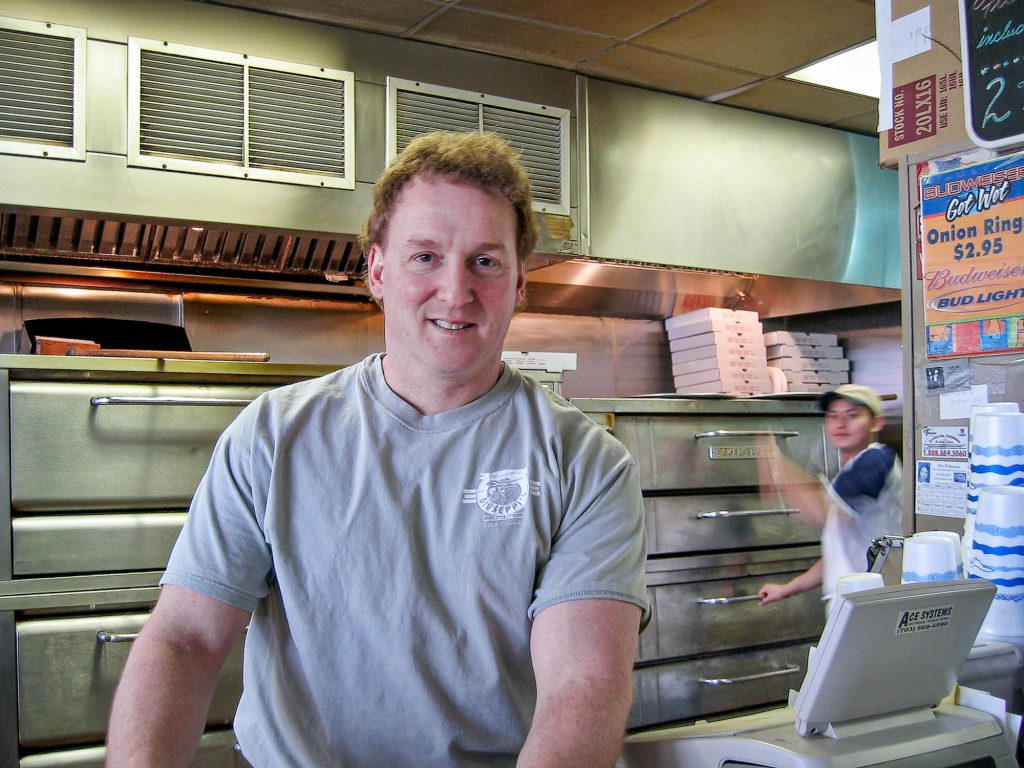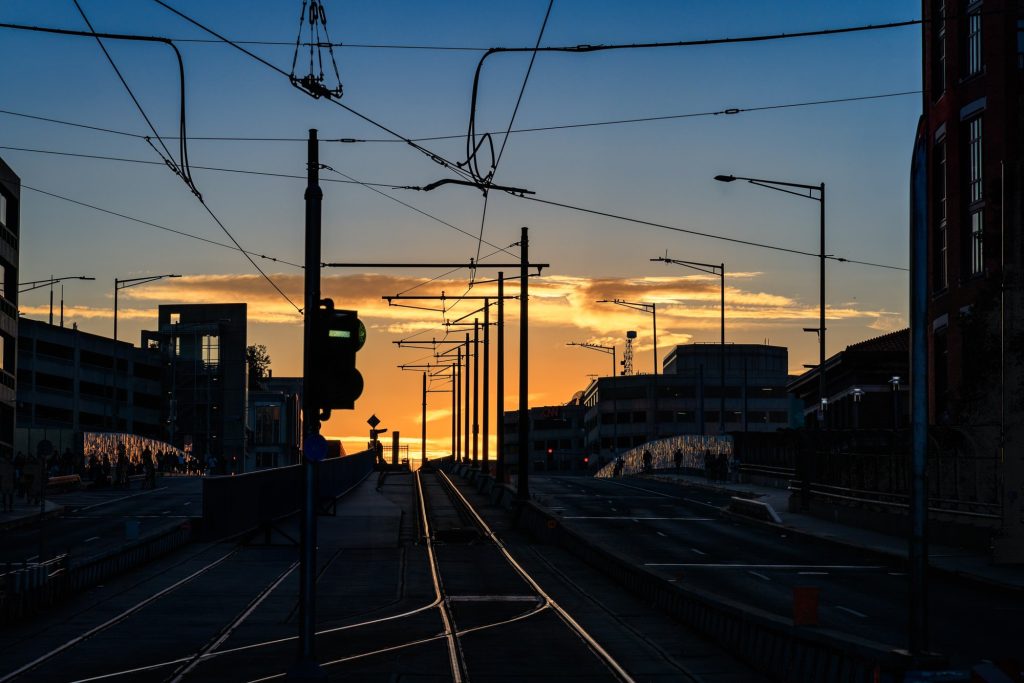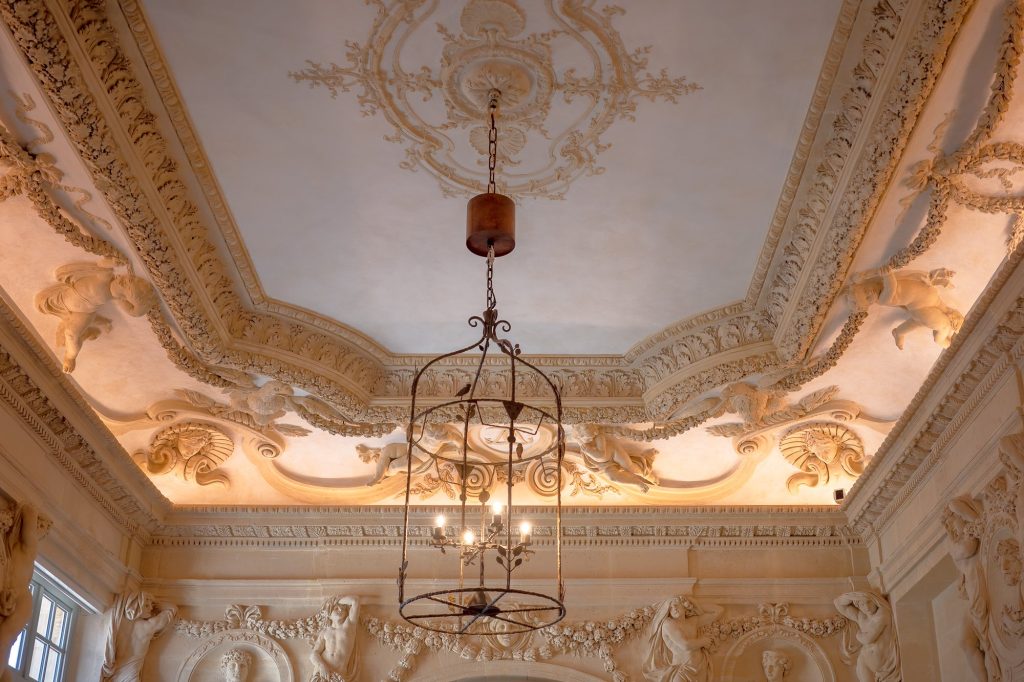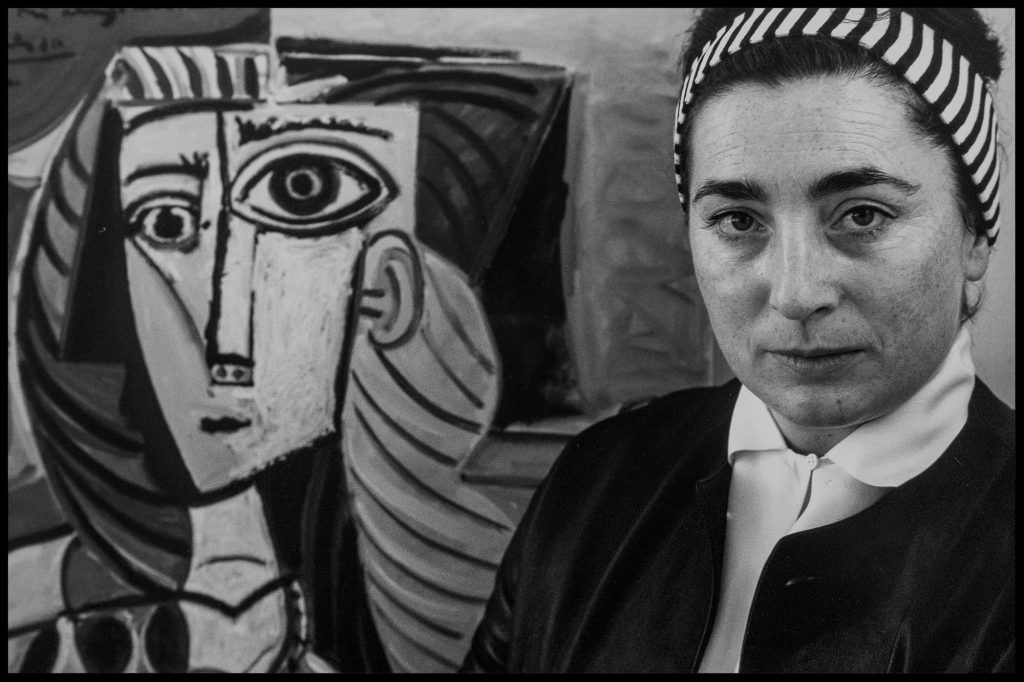
La Galerie Dior opened in spring 2022, celebrating the legacy of Christian Dior (1905–1957) and his six successors. Designed by American architect Peter Marino (b. 1949), the gallery sits beside Dior’s flagship at 30 Avenue Montaigne.
Spread across thirteen thematic spaces, the collection includes 130 haute couture outfits, 33 toiles, and 150–200 accessories. The gallery is open daily from 11 am to 7 pm (closed Tuesdays). Admission: €12.

Visitors ascend by elevator to the third floor and descend through a spectacular spiral staircase. Even for those who aren’t devotees of haute couture, the exhibitions are breathtaking.

Next door at 30 Avenue Montaigne is Dior’s largest boutique—arguably the most beautiful store I’ve ever visited. It features a restaurant and a pastry café in a soaring atrium filled with tropical trees and fresh flowers. Worth a stop even if you don’t plan on buying anything.
Sources: A Visit to La Galerie Dior | WWD | Peter Marino Architect
















